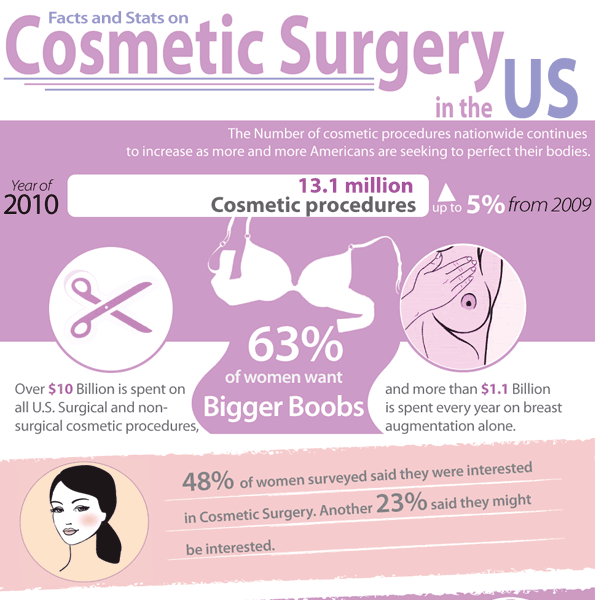The Role Of Glycolic Acid In Acne Care
The Role Of Glycolic Acid In Acne Care
Blog Article
Acne Marks and Post-Acne Treatment
Acne scars and dark marks can continue to be even after the imperfection itself has removed. But there are lots of all-natural, over the counter and clinical treatments that can minimize their look.
Ice pick marks are small imprints that resemble pinpricks; rolling scars have a wave-like appearance and shallow deepness; boxcar scars have clear edges; hypertrophic marks are increased bumps. Therapies consist of skin needling, where your medical professional rolls a needle-studded tool over the skin; and medical excision, when a medical care professional cuts out deep scars.
1. Exfoliate
Acne scars fade best when they aren't covered with dead skin cells. Peeling removes the buildup and allows fresh skin cells to come to the surface. It also makes acne marks much less visible.
A dermatologist can suggest exfoliation approaches for your particular skin kind. Dry skin might benefit from peeling with scrubs or other mechanical approaches, while oily skin may require a chemical peel. Those with darker skin tones require to be careful utilizing more powerful chemical treatments, as they can trigger dark places and sensitivity.
If you have acne scars, prevent selecting or squeezing at them, which can make them worse. Swelling brought on by irritation enhances the possibility of scarring. Picking can leave ice-pick marks, which are narrow imprints with a factor at the end. You can likewise obtain boxcar scars, which are imprints with bigger edges. You can also establish hypertrophic or keloid scars. These are increased bumps of mark tissue that can be itchy and excruciating.
2. Hydrate
After completing your acne treatment, maintaining skin clear and healthy and balanced requires a constant skin care regimen that shields from breakouts and decreases post-acne marks. This consists of a mild cleanser and cream, non-comedogenic items that don't clog pores, and avoiding foods that irritate skin or trigger acne flare-ups.
Utilizing a light-weight, non-comedogenic cream with ingredients like hyaluronic acid and glycerin can help moisten skin while also enhancing skin structure and advertising recovery. Search for an item that is formulated without scent or parabens.
An item that targets lingering microcurrent facial la acne marks with ingredients such as skin-brightening tranexamic acid and bakuchiol can boost dark areas or uneven tone brought on by swelling. It gently resurfaces the skin tone while smoothing harsh and distinctive areas. An item that incorporates a retinoid and a plant-based retinol alternative can likewise enhance the look of deeper scars while all at once targeting existing blemishes and stopping future outbreaks.
3. Cover Up
When your acne marks recover, you can hide them with makeup and a concealer. Just make certain you're just using the product over scars that are completely recovered (not fresh ones), claims Sotomayor. Then, finish your appearance with a vibrant lip color or declaration great smoky eye shadow for maximum effect.
When it involves selecting a structure or colored cream, it's important to choose one that is noncomedogenic and oil-free. This will certainly aid maintain your skin clear and prevent the obstructing of pores that can cause brand-new breakouts.
The exact same opts for selecting a concealer. Look for a formula that offers complete insurance coverage however still feels lightweight and blendable on the skin. Also, when hiding impressions from acne marks, it's a great idea to locate a shade that matches your all-natural complexion (rather than a shade lighter or darker). This will certainly assist conceal the indents more effectively. This beneficial balm is an exceptional choice for brightening and lightening post-inflammatory hyperpigmentation, which can be caused by acne or various other inflammatory skin problem. It includes hydrating panthenol, softening shea butter and strengthening peptides that lower inflammation and scaly texture.
4. See Your Dermatologist
The marks that create from serious acne frequently require therapy by a physician or dermatologist. Prior to that can occur, though, a person has to have their acne controlled. This includes not picking or pressing acne spots, and making use of mild cleansers and water-based non-comedogenic products that won't obstruct pores.
If pharmacy cleansers and spot therapies aren't clearing your skin, timetable a visit with a dermatologist. The skin doctor can suggest various other therapies that help remove your skin without drying it out or irritating it.
A dermatologist can also deal with other sort of post-acne marks, including dark places that are a type of hyperpigmentation called PIH (post-inflammatory hyperpigmentation). A topical retinoid like adapalene can noticeably lighten these marks and fade them promptly. For other sorts of scars, the physician can recommend a more intensive treatment. This can include microdermabrasion or chemical peels that are done right in the workplace. Relying on the severity of your scars, these treatments might require to be duplicated.